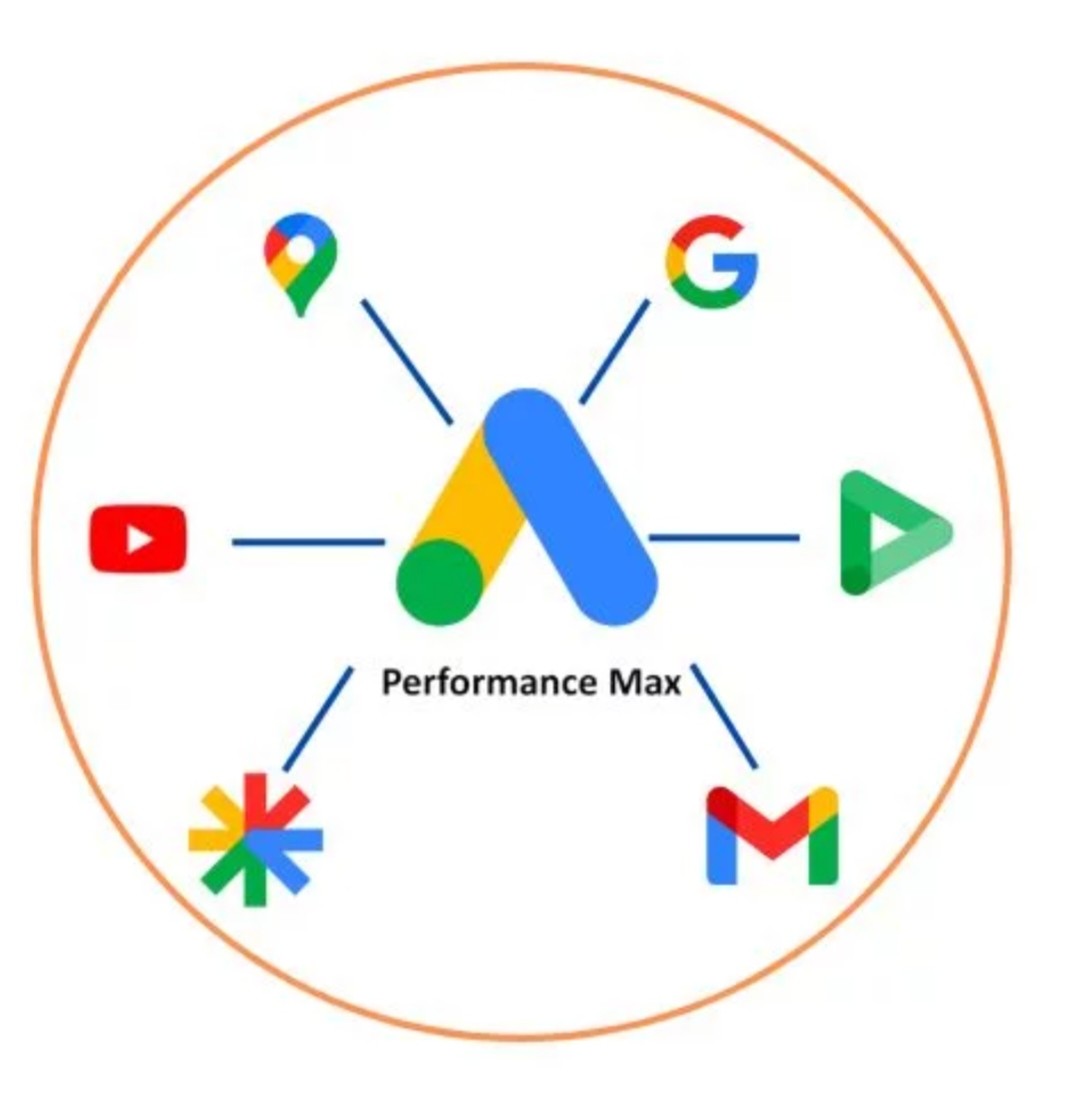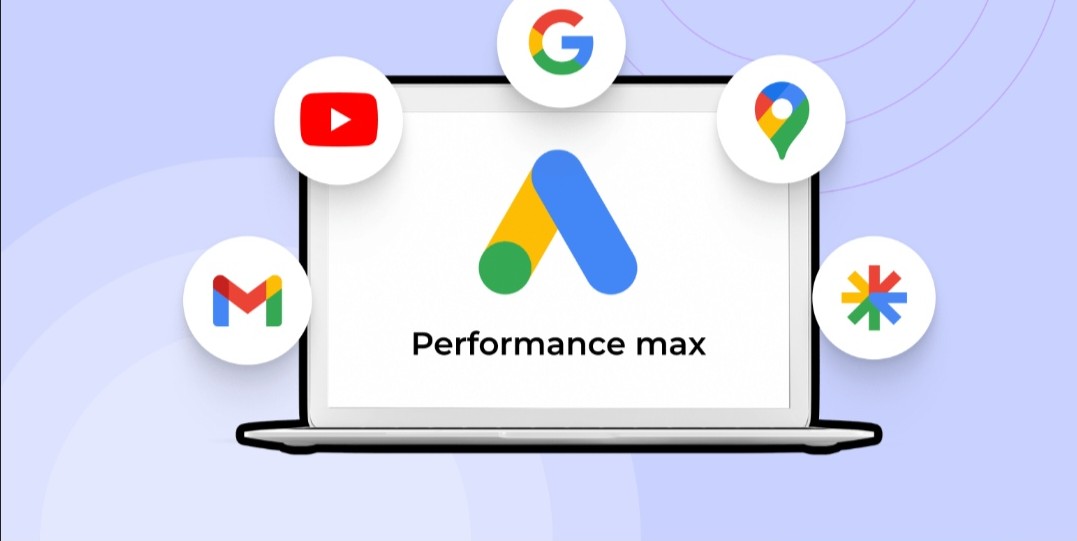Performance Max campaigns are progressively expanding, opening up a new realm of possibilities for businesses looking to advance their digital marketing strategies. Google’s latest addition to its advertising suite, Performance Max, is designed to provide advertisers with an all-encompassing solution to reach their marketing objectives across all Google platforms. The expansion of these campaigns signifies the growing importance of comprehensive and integrated digital marketing efforts.
The main allure of Performance Max campaigns lies in its ability to leverage Google’s machine learning algorithms to optimize ad delivery across a wide array of networks such as Search, Display, YouTube, Discover, and more. Advertisers are given the flexibility to set their objectives, whether it be increasing online sales, lead generation, or driving offline sales, and the campaign will adjust accordingly to meet these goals. The expansion of Performance Max campaigns also offers an opportunity for businesses to streamline their marketing efforts, eliminating the need to manage multiple campaigns across different platforms.
This not only saves time but also ensures consistency in the brand message being conveyed. However, the effectiveness of these campaigns largely depends on the quality of the creative assets provided by the advertiser and their ability to resonate with the target audience. As Performance Max campaigns continue to expand, it is crucial for businesses to stay updated with the latest developments and leverage this tool to its maximum potential.

Target Customers Effectively
Effectively targeting customers is a crucial aspect of any business strategy. It involves identifying your ideal customer profile based on demographics, behaviors, interests, and other key factors. This helps to tailor marketing strategies, products, and services to meet the specific needs and wants of these customers, thereby increasing the chances of success. To do this, businesses must first conduct thorough market research to understand their potential customers. This includes analyzing their age, gender, income, lifestyle, and buying habits.
Once the target audience is identified, businesses should then tailor their marketing messages and product offerings to meet these customers’ unique needs. This can be achieved by personalizing communication, offering relevant promotions, and designing products or services that cater specifically to their preferences. By targeting customers effectively, businesses can increase customer satisfaction, loyalty, and ultimately, revenue.
It also allows businesses to allocate their resources more efficiently, as they can focus their efforts on the customers who are most likely to purchase their products or services. However, it’s important to note that customer preferences can change over time, so businesses must continuously monitor and adjust their strategies to keep up with these changes. With the right approach, businesses can not only attract but also retain their target customers, leading to long-term success.
Retailers and Local Marketers Benefit
Retailers and local marketers can experience substantial benefits by leveraging their unique positions within communities to build strong, sustainable relationships with consumers. As primary distribution channels and communication points for products and services, they hold a significant role in shaping consumer purchasing behavior and influencing market trends. Their proximity to consumers enables them to quickly adapt to shifting consumer preferences, providing valuable insights into market dynamics that can be leveraged for competitive advantage.
For instance, through personalized customer service and offerings, local retailers and marketers can enhance customer loyalty and satisfaction. They can also capitalize on localized marketing strategies to strengthen their brand presence and visibility within their specific geographical contexts. These strategies can encompass various aspects such as localized promotions, event sponsorships, community engagement initiatives, and collaborations with other local businesses.
Moreover, the advent of digital technology has also opened up new avenues for retailers and local marketers. They can now harness the power of data analytics to gain a deeper understanding of their customer base, tailor their marketing efforts more effectively, and even predict future trends. Furthermore, by integrating online and offline channels, they can offer a seamless shopping experience, making it easier for customers to find, evaluate, and purchase products.
In essence, the symbiotic relationship between retailers and local marketers not only stimulates economic growth but also fosters community development. By working together, they can create a thriving local economy that benefits everyone involved, from consumers and businesses to the wider community. Therefore, it is essential that they continue to explore innovative approaches and strategies to maximize their potential and contribute to the overall prosperity of their communities.

Enhanced Tools for Retailers
The retail industry has seen a significant transformation due to the introduction of enhanced tools for retailers. In the digital age, these tools have proven to be vital in streamlining operations and ensuring maximum efficiency. These tools include sophisticated point-of-sale (POS) systems, customer relationship management (CRM) software, inventory management systems, and e-commerce platforms. Retailers can leverage these tools to track sales, manage inventory, engage with customers, and drive online sales.
POS systems, for instance, offer more than just transaction processing – they provide valuable data that informs business decisions, such as product performance and customer buying behavior. CRM software, on the other hand, opens up a wealth of opportunities for personalized marketing, ensuring that retailers can maintain a closer relationship with their customers.
Inventory management systems are also crucial; they ensure retailers are never out of stock or overstocked, thus saving costs and increasing sales. These systems provide real-time inventory tracking, allowing for improved forecasting and planning.
E-commerce platforms are another essential tool in the modern retail landscape. They allow retailers to reach a global audience, operate 24/7, and offer a greater product range than in a physical store. Such platforms also provide customer insights and enable the collection of customer data.
Moreover, the integration of analytics tools in all these systems can help retailers glean meaningful insights from the vast amounts of data they generate. These insights can be used to optimize operations, improve customer service, and enhance the shopping experience.
In summary, the use of advanced tools in retail is not just a trend, but a necessity in today’s competitive market. They equip retailers with the capabilities to effectively manage their operations, understand their customers better, and ultimately, achieve business growth. The future of retail lies in embracing these technologies and harnessing their potential to create a seamless and personalized customer experience.
Broaden Your Audience Reach
Broadening your audience reach is vital in elevating your brand visibility and promoting your products or services to a larger demographic. This is a strategic move that can significantly boost your business performance and increase your revenue. By reaching out to a more extensive audience, you can tap into a diverse group of potential consumers who may be interested in your offerings. This approach necessitates an understanding of various marketing strategies such as social media marketing, content marketing, and search engine optimization.
It’s crucial to deliver content that resonates with this wider audience and captures their interest, compelling them to engage with your brand. Also, understanding different cultures and consumer behaviors play a significant role in broadening your audience reach. It will ensure that your message is adaptable to different regions and can be understood and appreciated by different people. Another critical factor is the use of analytics tools which help in recognizing the demographic that engages the most with your content.
This information can be used to tailor your strategies to suit this demographic, therefore extending your reach. Moreover, collaborations with other brands or influencers can also help in expanding your audience. When they endorse your products or services, their audience becomes aware of your brand, and this can lead to an increase in your customer base. In conclusion, broadening your audience reach is a strategic process that requires an understanding of various marketing techniques, consumer behaviors, and cultures. With the right approach and tools, you can reach out to a more extensive audience and possibly increase your revenue and brand visibility.

Localized Marketing Solutions
Localized marketing solutions pertain to strategies that are tailored to target a specific geographic area or demographic, ensuring that the message is relevant and resonates with the local audience. This approach does not merely involve translating a global marketing strategy into a local language, but comprehensively understanding the culture, preferences, behavior, and needs of the local audience. This includes consideration of age, income, lifestyle, and various other factors.
The primary objective behind localized marketing solutions is to connect with the audience on a personal level, thus creating a sense of familiarity and trust. They can be especially effective for small businesses or those with a strong local presence. Localized marketing can involve a variety of tactics, such as local search engine optimization (SEO), community involvement, local partnerships, and location-based social media engagement.
One popular form of localized marketing is geo-targeting, which utilizes digital technology to deliver different content to users based on their geographical location. Another technique is local influencer marketing, involving collaboration with individuals who have a strong local following.
Localized marketing is not confined to traditional advertising methods. It can extend to customer service, sales strategies, and even product development. For instance, a restaurant chain might modify its menu to cater to local cuisine preferences, or a retail store might stock items relevant to local festivals or events.
In conclusion, localized marketing solutions offer businesses a powerful tool to enhance their relationship with local communities, build customer loyalty, and ultimately, drive sales. It is a dynamic, versatile approach that requires thorough research and a deep understanding of the local audience’s traits and preferences. While it can be challenging to implement effectively, the potential rewards make it a worthwhile consideration for businesses seeking to maximize their impact in specific markets.
Tailored Features for Every Business
In the realm of business, customization and personalization are key components to success. Every enterprise is unique, having its own set of needs, goals, and challenges, which is why tailored features are incredibly valuable. Just as every business is different, the tools and strategies required to achieve growth and profitability vary. Tailored features allow businesses to access solutions that are specifically designed and structured to meet their unique needs. These range from customized software applications to bespoke marketing strategies, all designed to enhance operational efficiency and boost productivity.
Tailored features can be particularly beneficial for small and medium-sized enterprises (SMEs), which often lack the resources to implement large-scale business solutions. By opting for tailored features, SMEs can scale their operations, streamline processes, and enjoy a higher return on investment, as they only pay for what they need. For instance, a retail business may require a bespoke point-of-sale system with specific inventory management capabilities, whilst a digital marketing agency might need a tailored project management tool to efficiently manage client projects.
Moreover, in the constantly evolving business landscape, the need for adaptability cannot be overstated. With tailored features, businesses can adapt to changes quickly and effectively, ensuring they stay ahead of the curve. For instance, a company could require a specific feature added to their CRM system to meet an emerging customer demand. With tailored solutions, this can be done swiftly, without disrupting operations.
In conclusion, tailored features for every business not only provide a competitive edge but also enhance overall business performance. By investing in custom solutions, businesses can ensure they are equipped with the tools and strategies that perfectly align with their needs, promoting efficiency, profitability, and long-term success.
